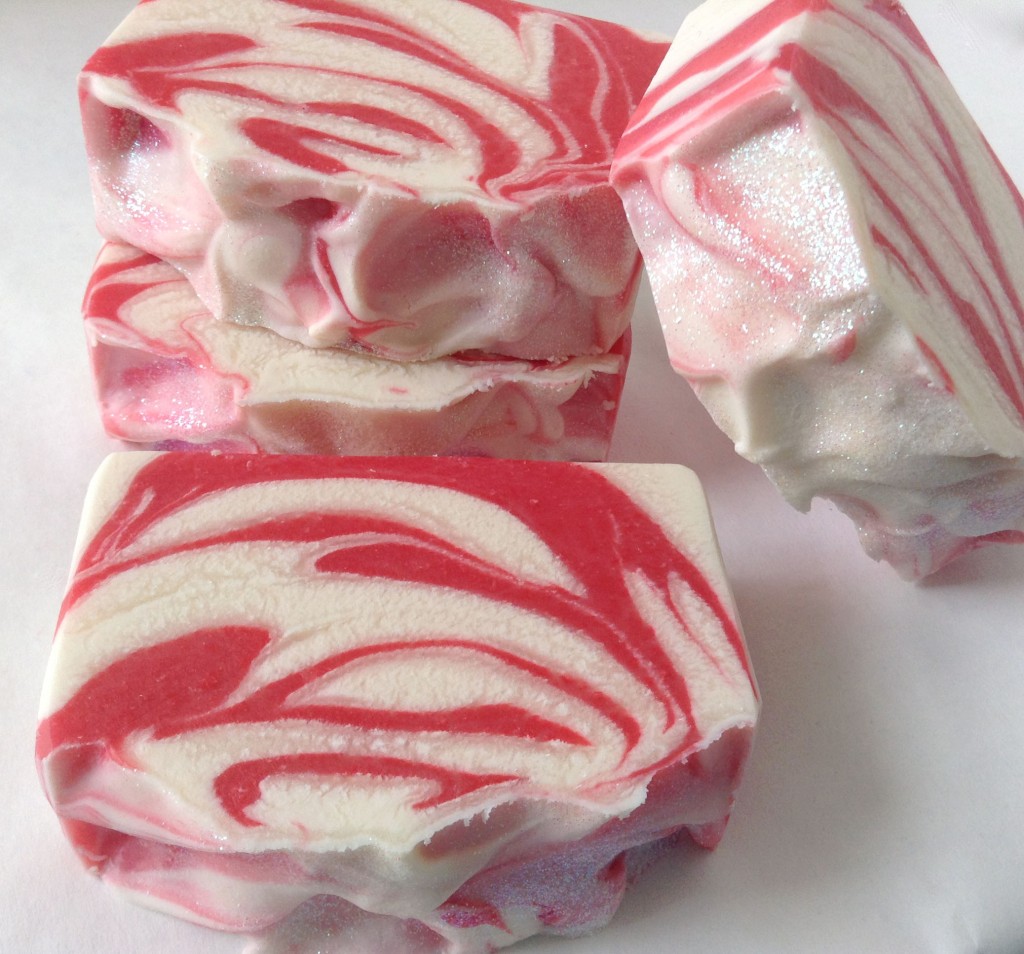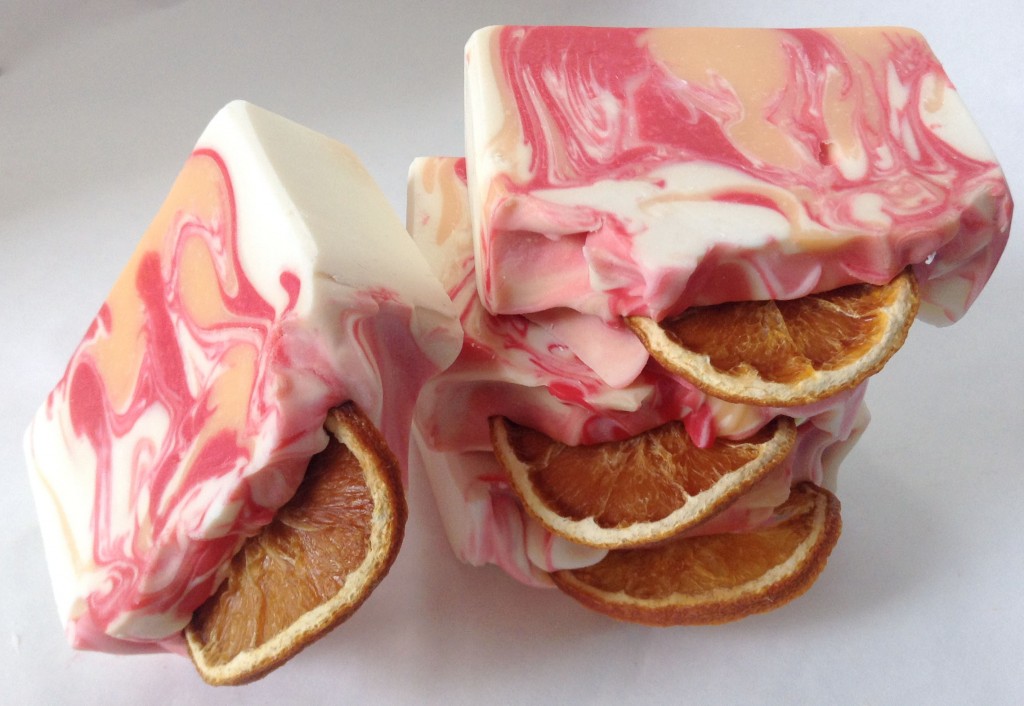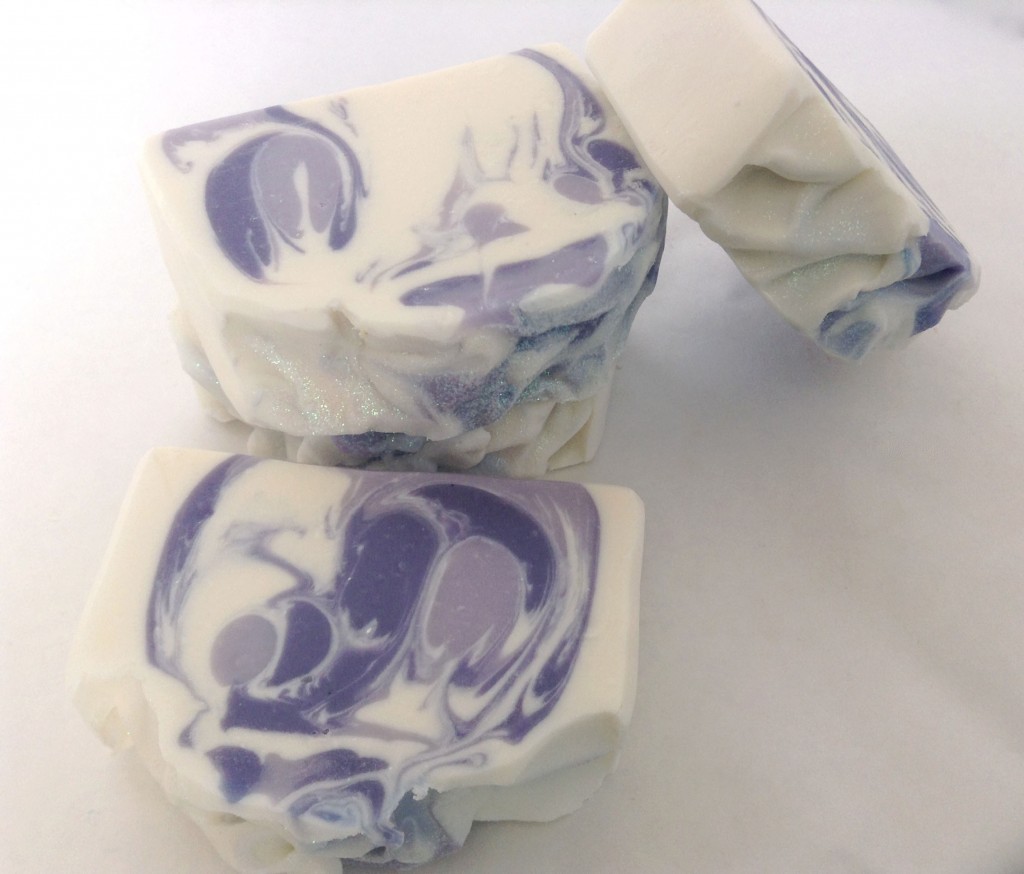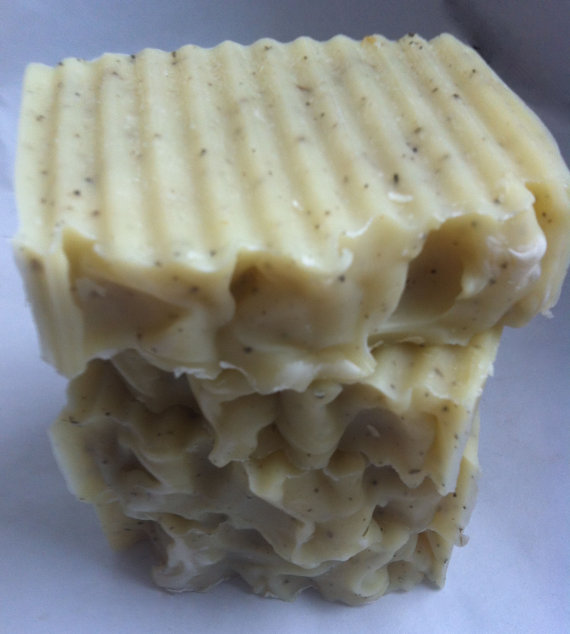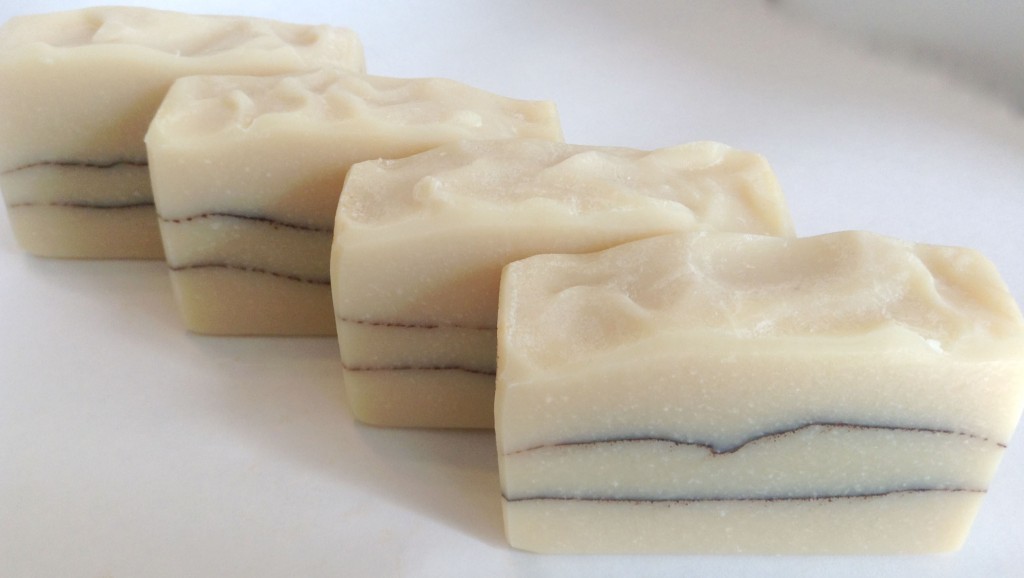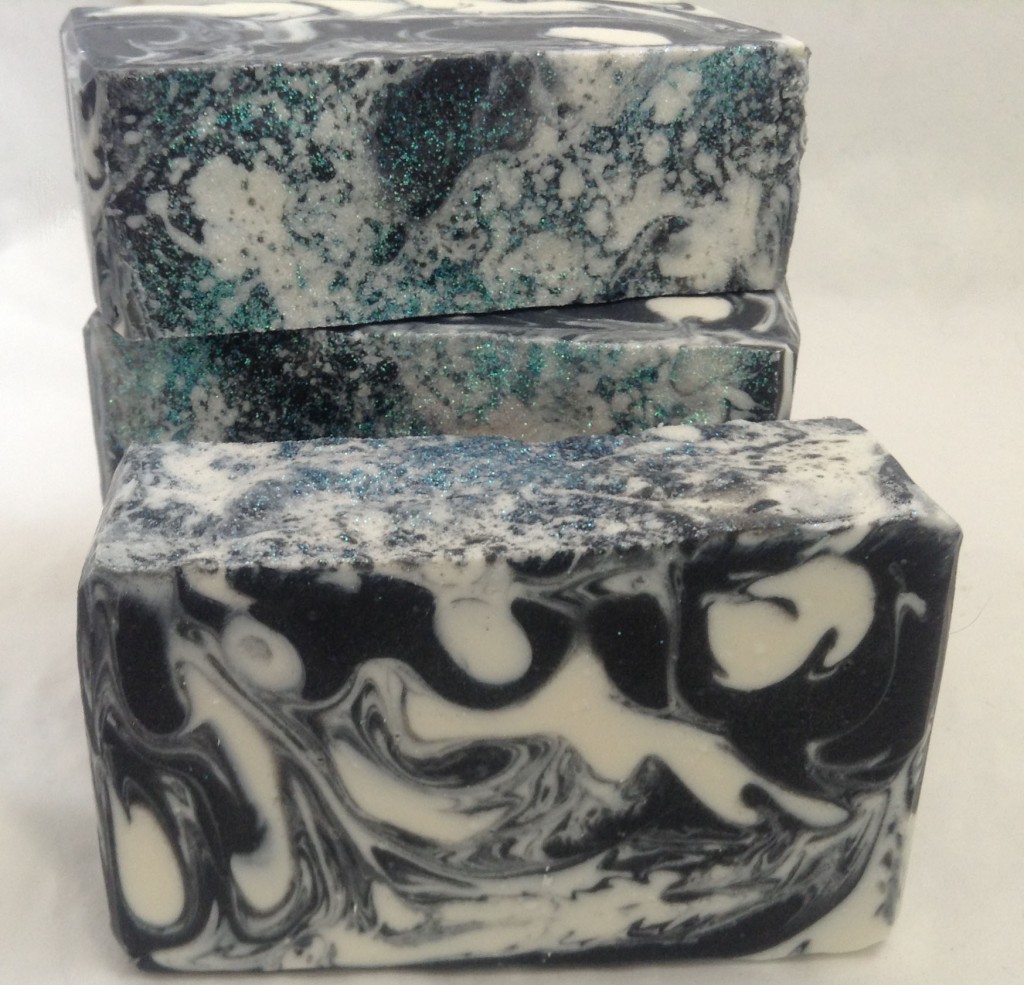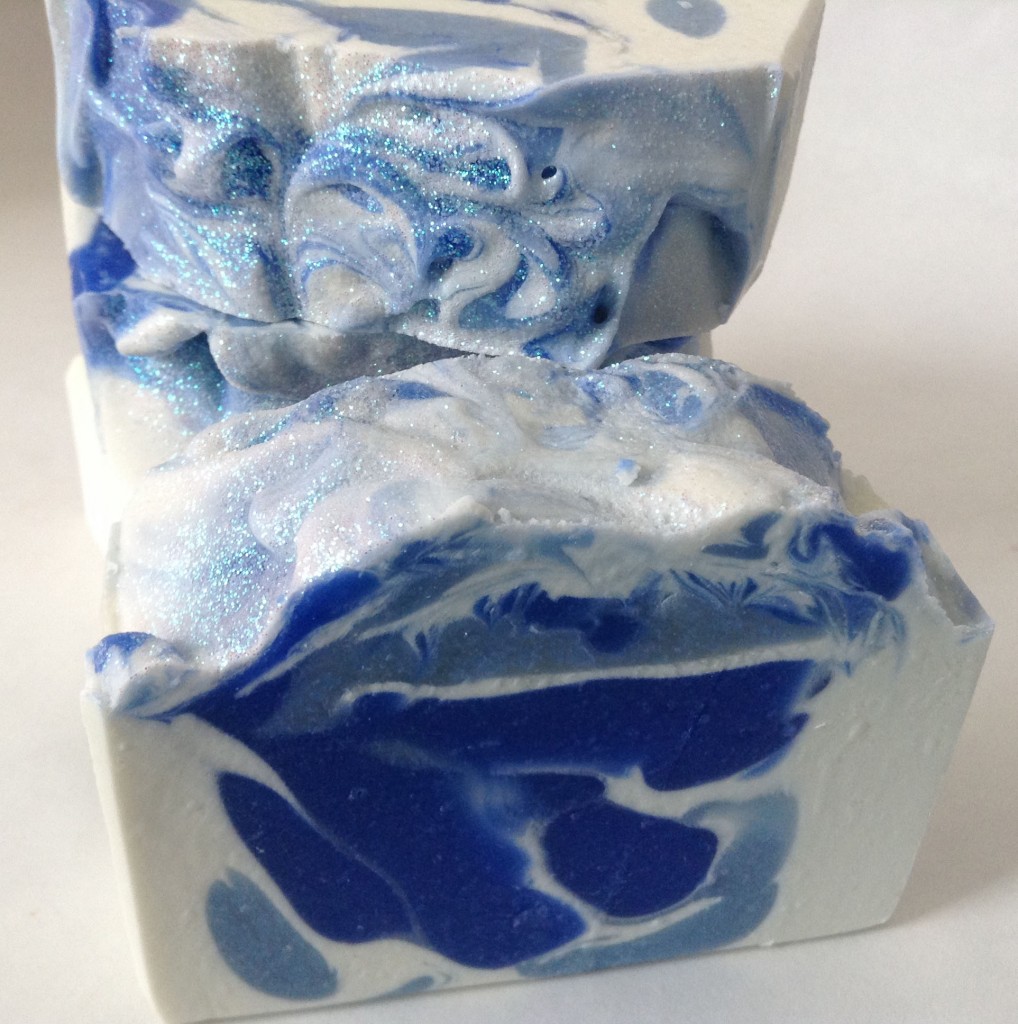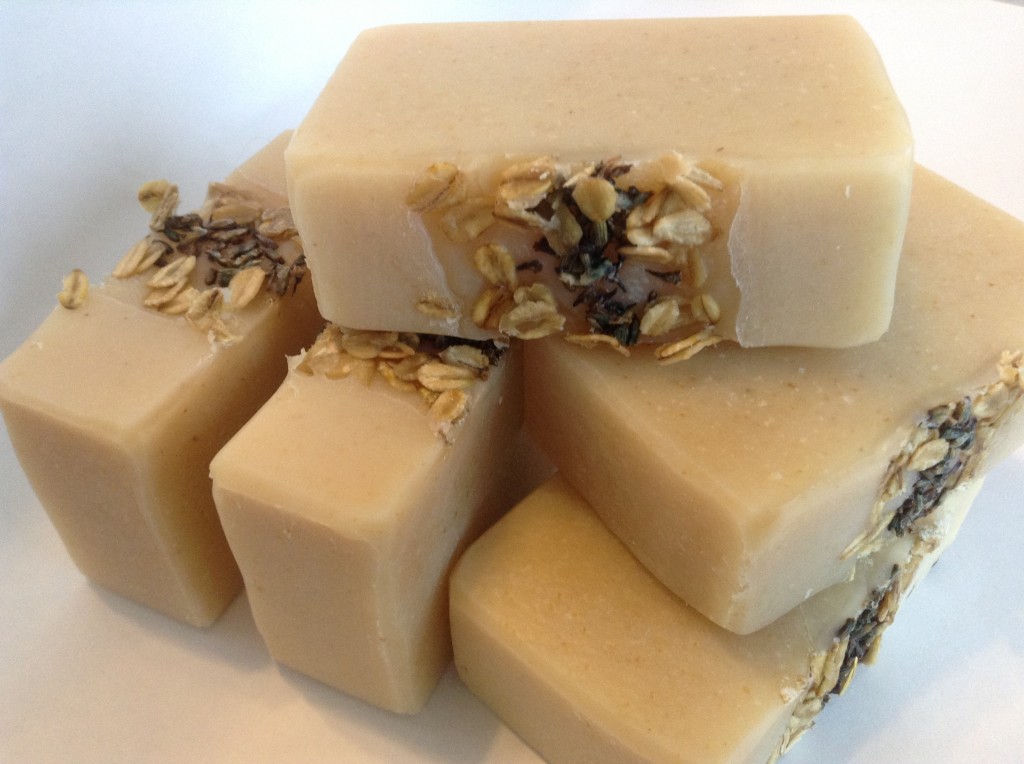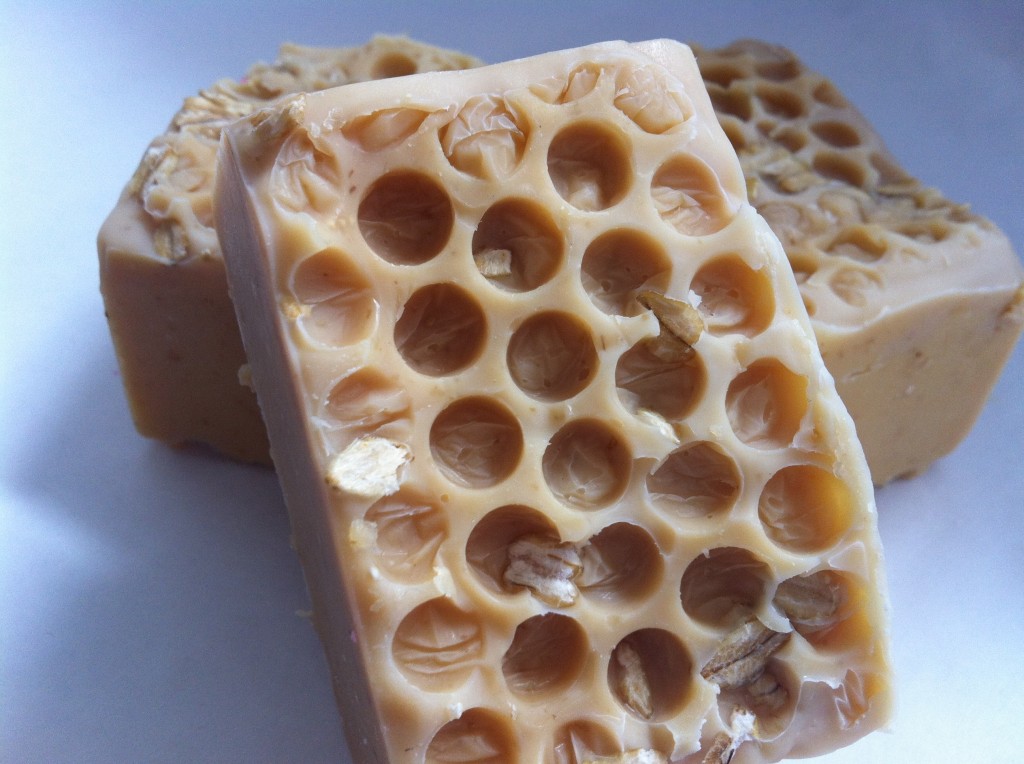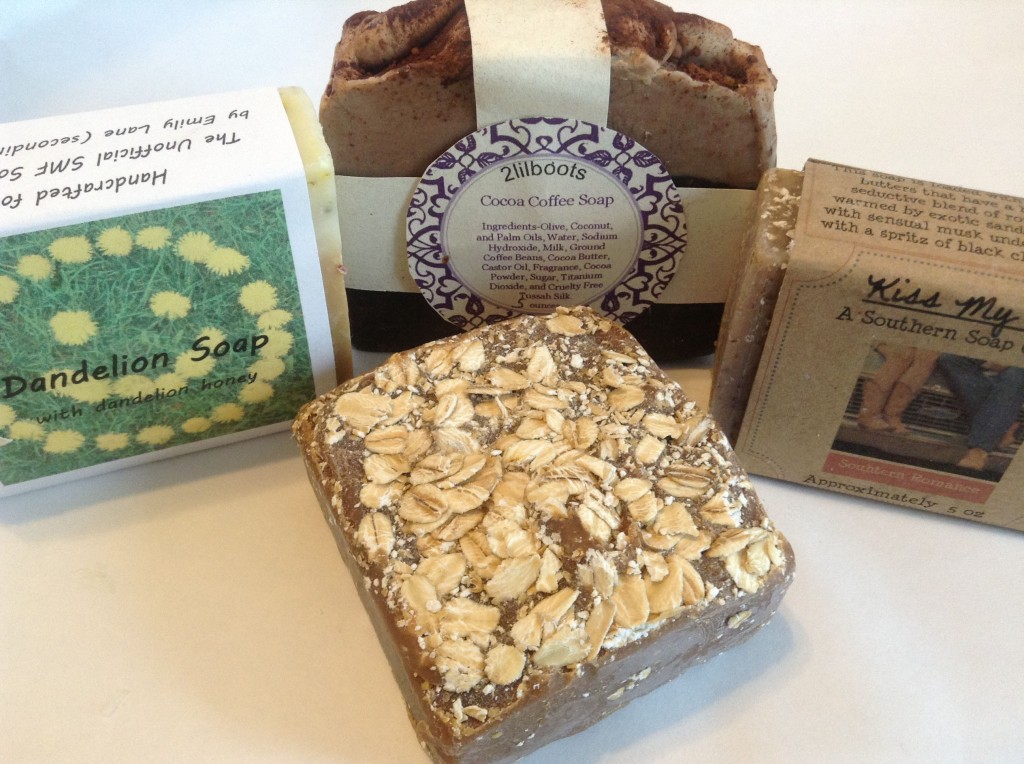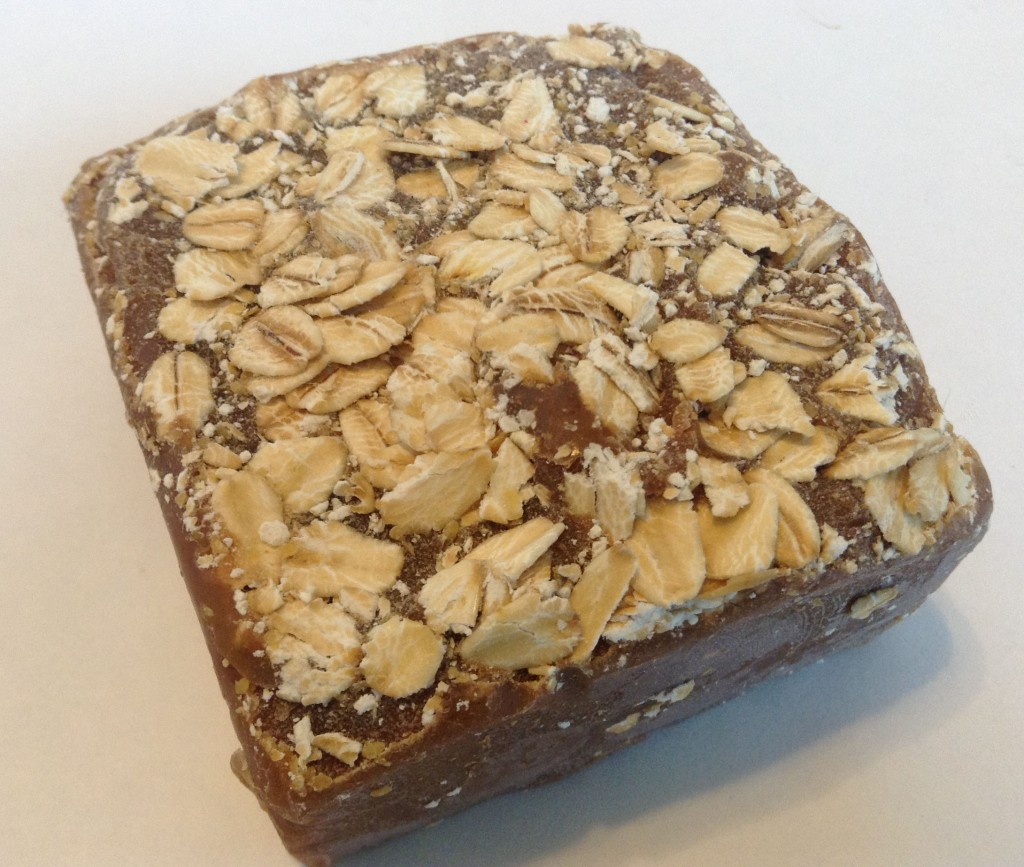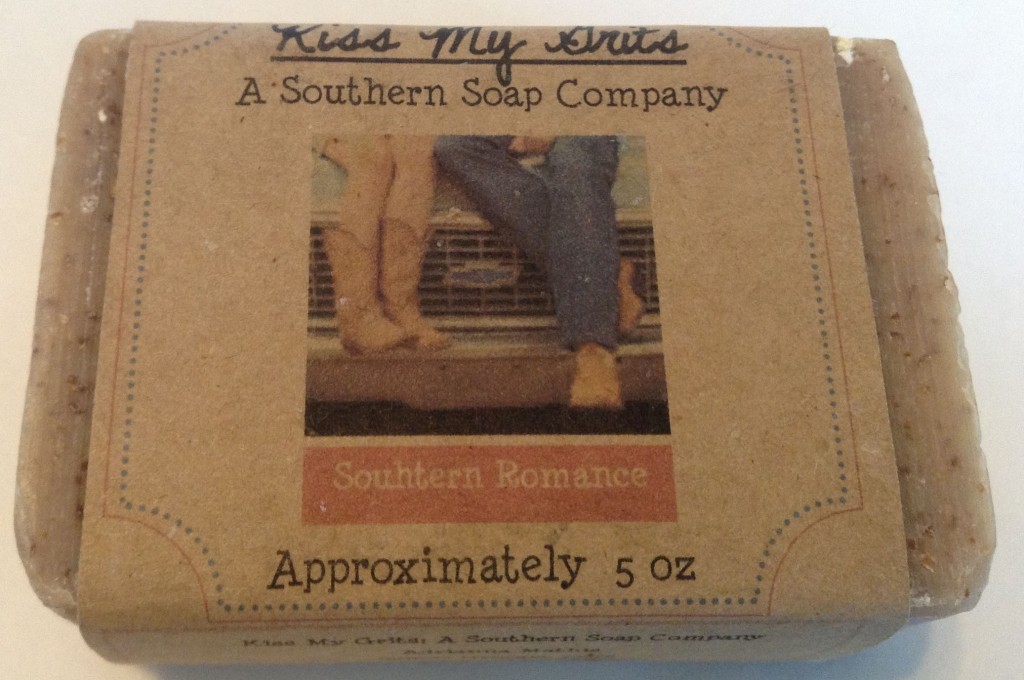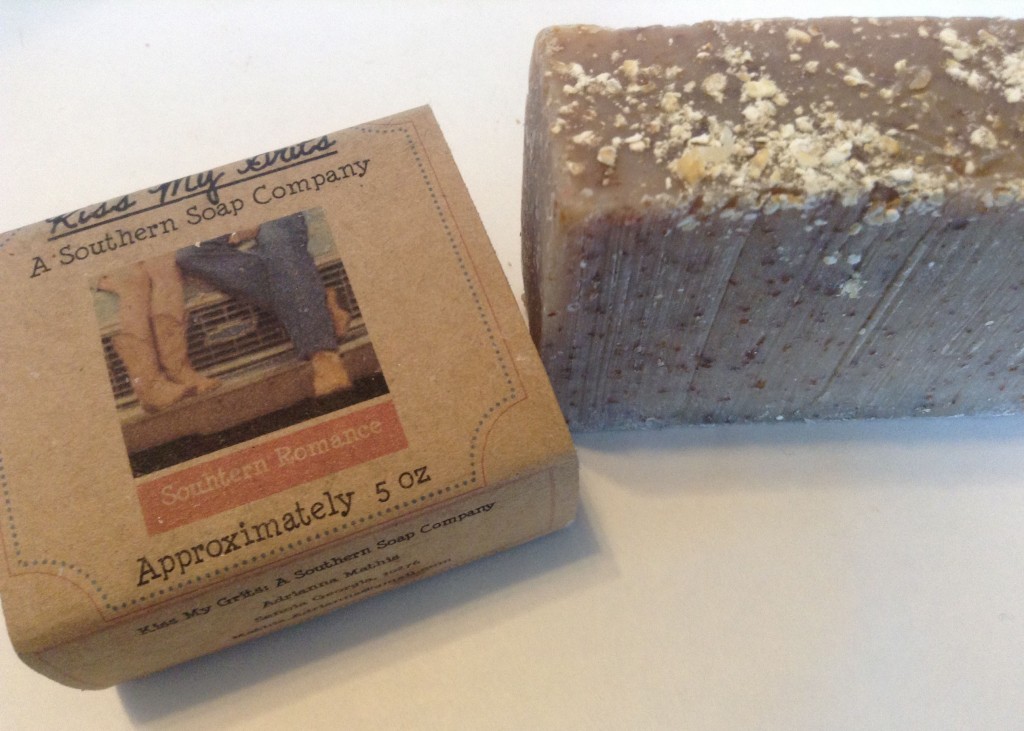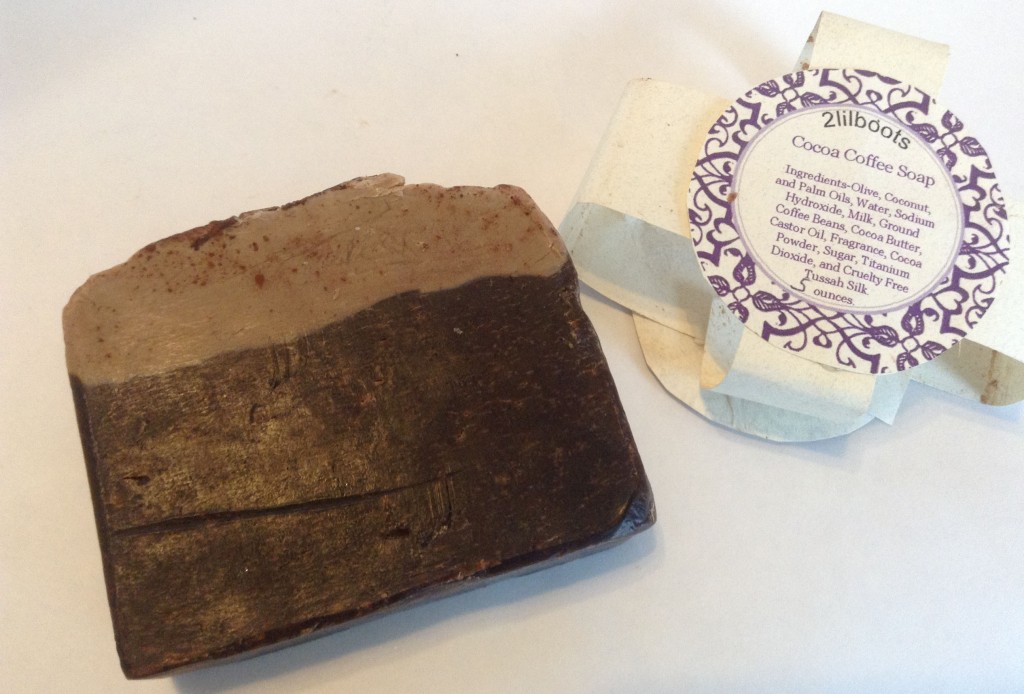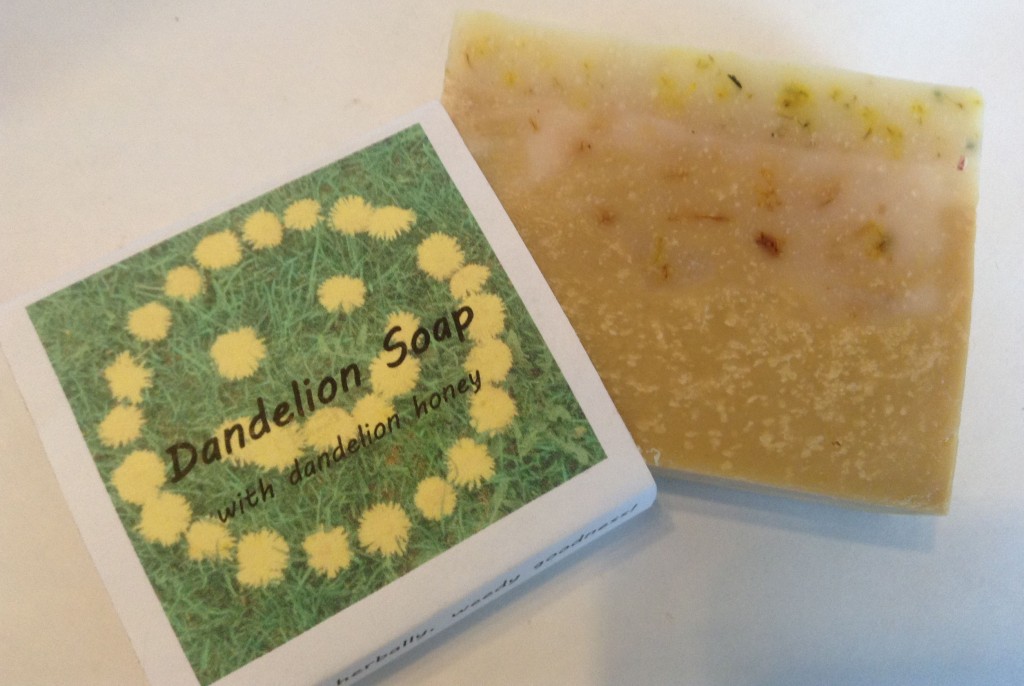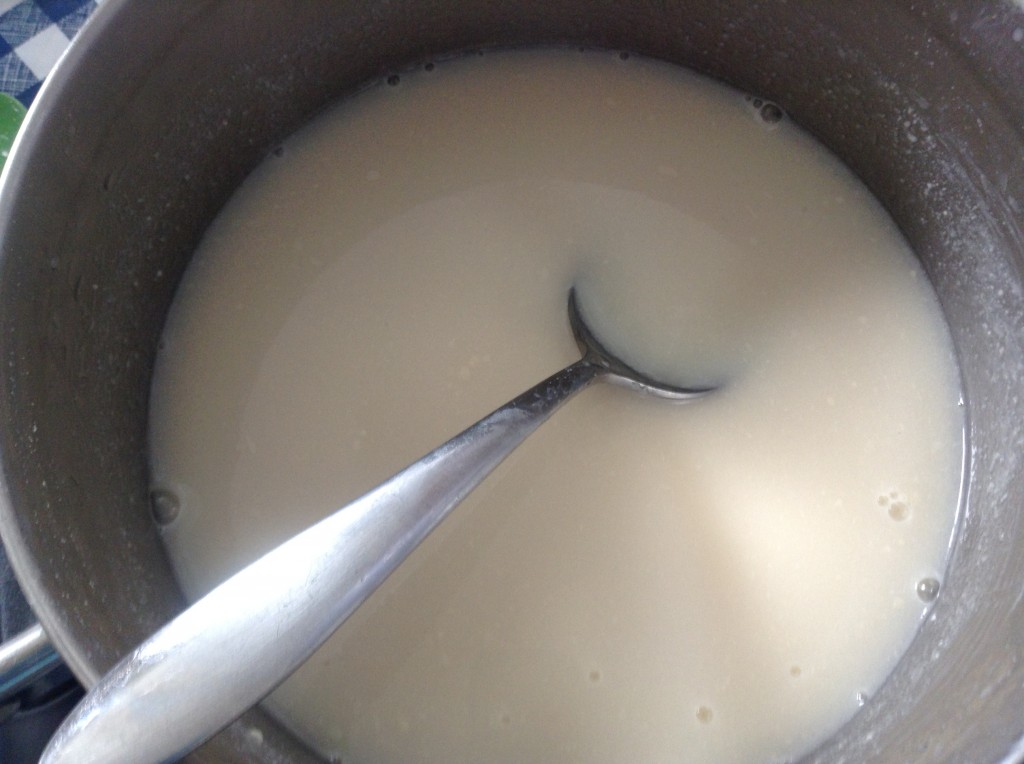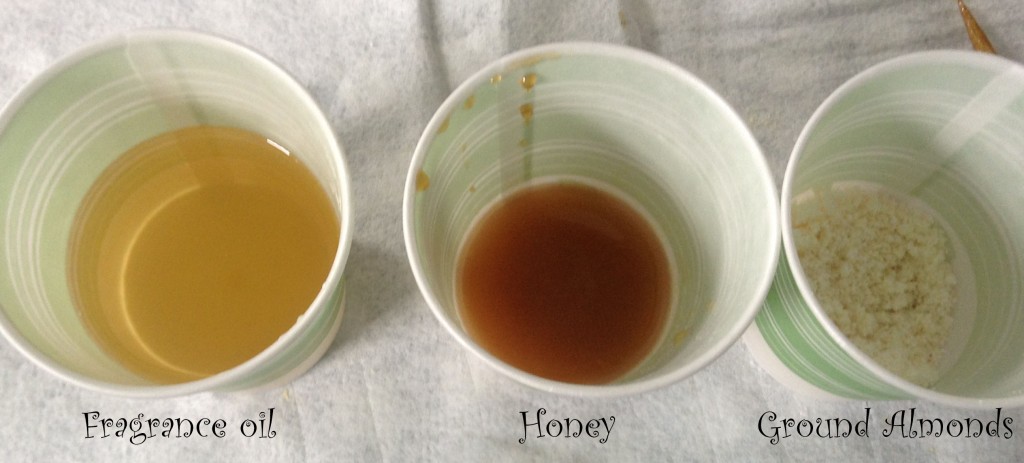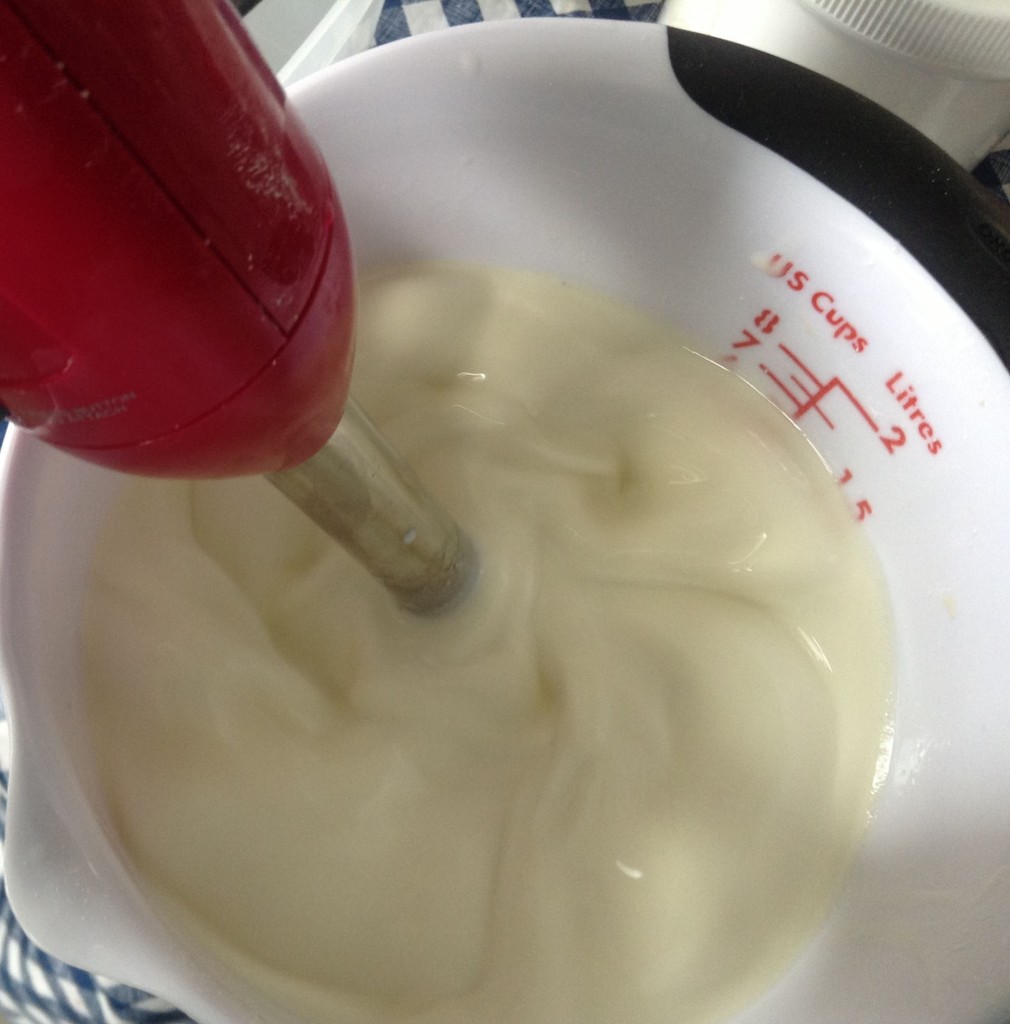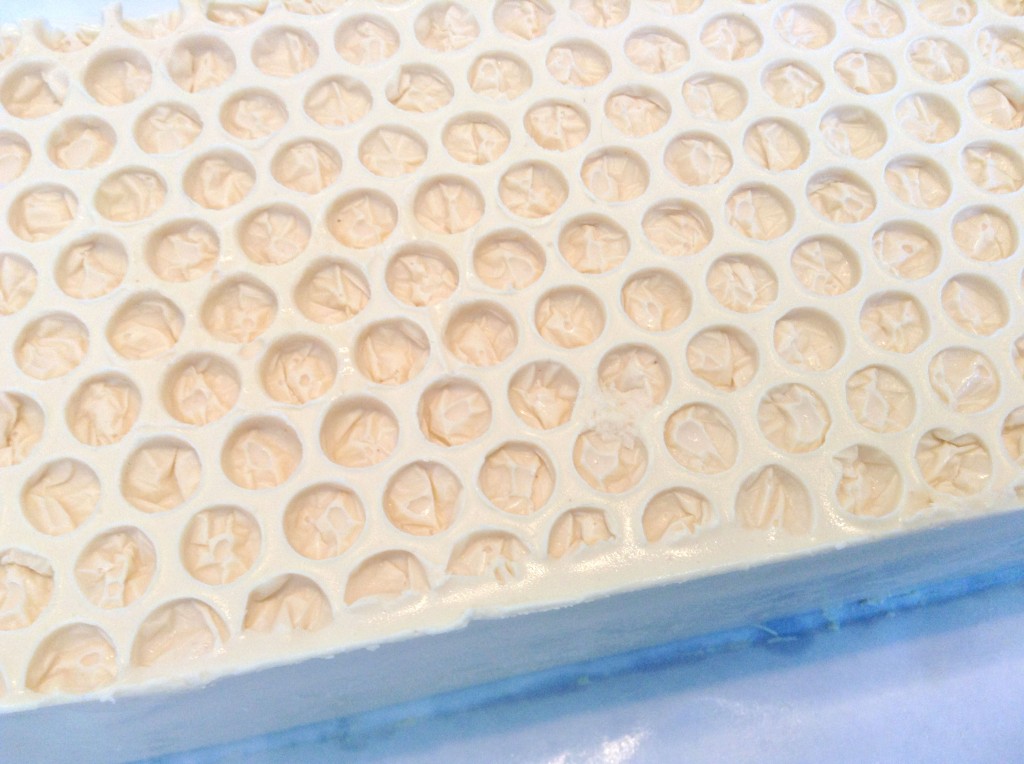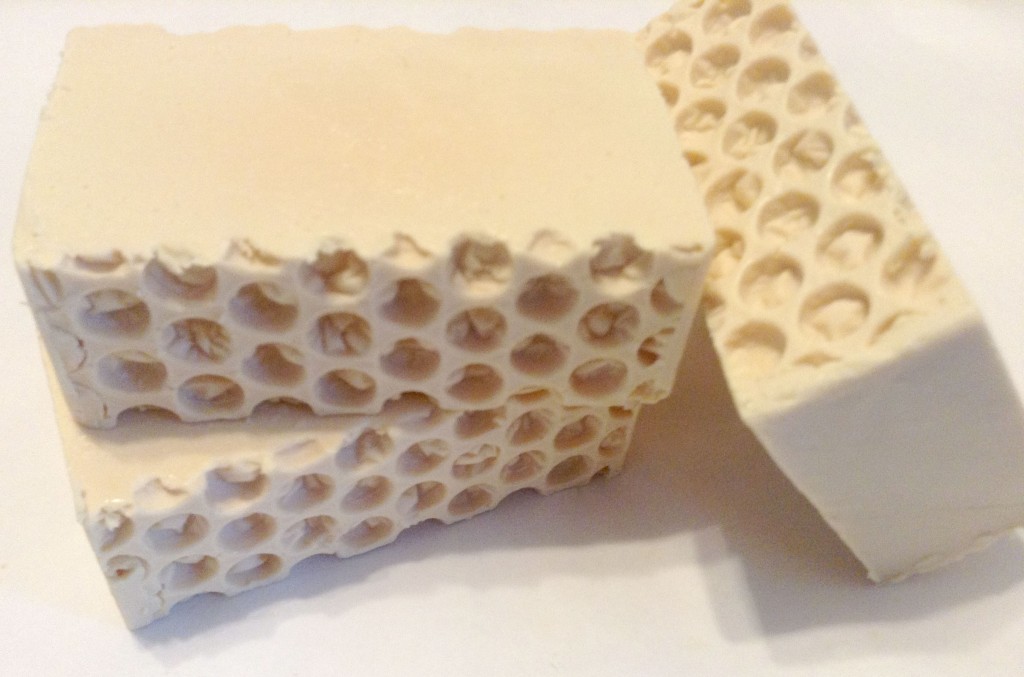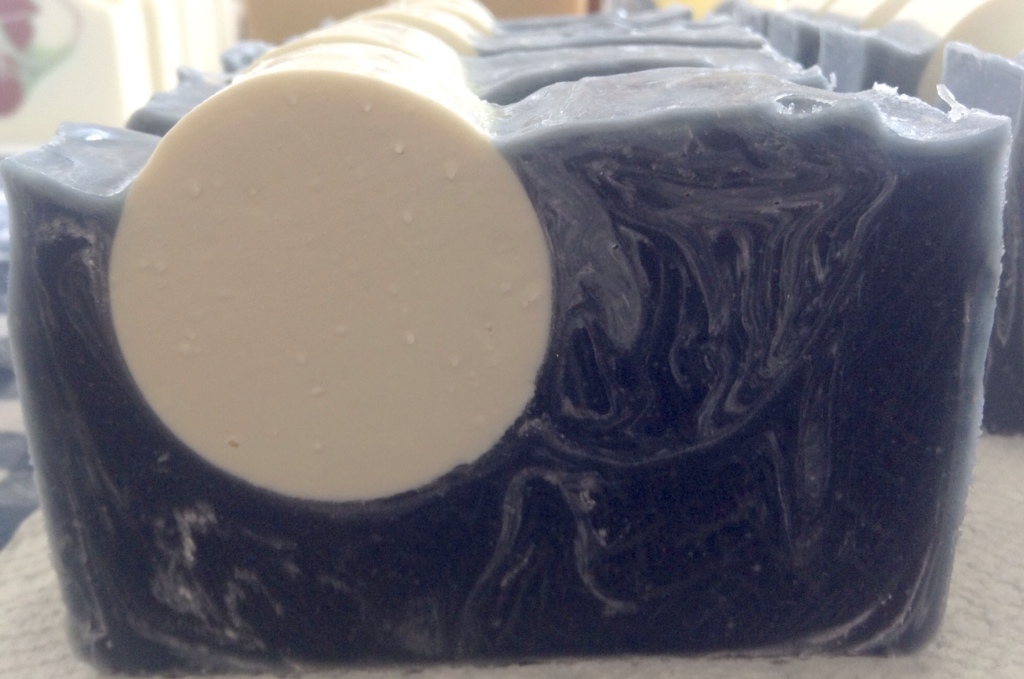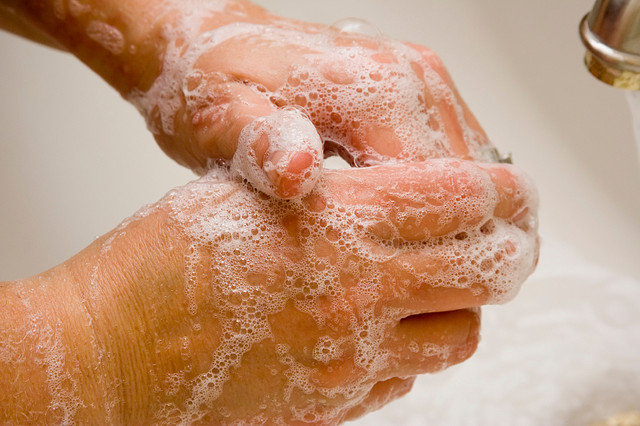Now that it’s been nearly a year since I decided to “scale back,” it seemed like a good time to check in with any remaining readers to let you know that I’m very happy with my decision to suspend selling my soaps. As much as I enjoy making soap, I didn’t enjoy catering to the market or the demands of wholesale. In fact, selling my soaps wholesale is what soured me on the business end of making soap.
I am not ruling out reopening my Etsy store at some point, but for right now, expect that this blog will be updated purely as a hobbyist’s enterprise, and as such, updates may be somewhat infrequent. If you want to make sure you don’t miss one, you can subscribe to the site (see the sidebar on the right).
I’ve also changed the look around here, and I hope you like it. Thanks for continuing to follow me on my journey as a soapmaker.

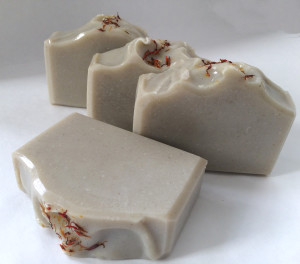 If you’ve been following some of the news surrounding the
If you’ve been following some of the news surrounding the 